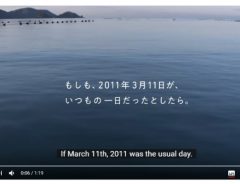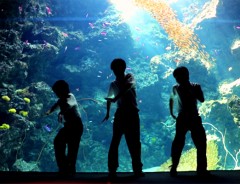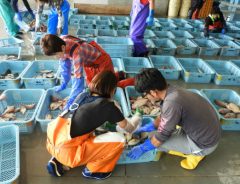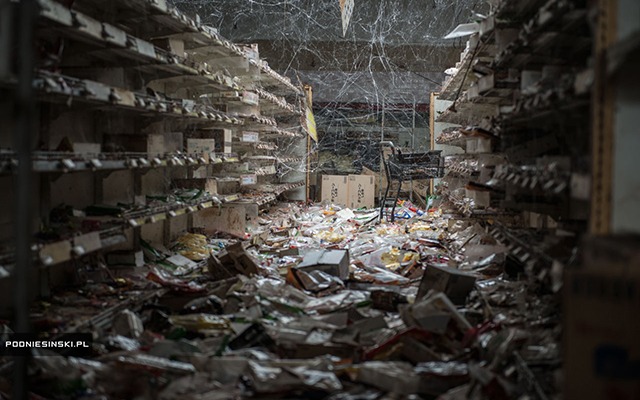- Source:
- Arkadiusz Podniesiński
- Tags:
- Arkadiusz Podniesiński / Fukushima / Nuclear
Related Article
-

Yahoo! Japan Releases Touching Online Video to Commemorate Tohoku Earthquake
-

7 Years After Great East Japan Earthquake, Fukushima Locals Band Together To Revitalize The Area With Charming Souvenirs[PR]
-

Olympics: Gratitude Pours In for Softball Coaches Praising Fukushima Peaches
-

[VIDEO] Teens Dance To Bring Heat Into Fukushima – It’s Awe-Inspiring!!
-

Footage Shows Abandoned Areas Of Fukushima Being Reclaimed By Nature 7 Years Later
-

Joban-Mono: The Most Delicious Fish In Japan Powering Fukushima’s Revival[PR]



Time flies fast: it's been over 4 years since the Tōhoku earthquake and tsunami on March 11, 2011. People in Japan haven't forgotten about it, but the impact of the disaster has faded a bit.
Plus, many of us don't have the opportunity to visit the impacted areas, especially, Fukushima Daiichi Nuclear Power Plant - arguably one of the most memorable nuclear accidents since Chernobyl. Memorable, perhaps; yet many things about the affected area remained veiled to most of us.
Source: Arkadiusz Podniesiński
However, a series of photography by Arkadiusz Podniesiński helps us sees things in perspective. With experience in photographing Chernobyl Exclusion Zone, Podniesiński's photos of Fukushima are not only informative about the current state of play in the region, but also provocative.
Entering the exclusion zone
Source: Arkadiusz Podniesiński
The grave irony: the sign reads (in haiku format) "Nuclear power - energy for a bright future"
Source: Arkadiusz Podniesiński
Crack: a wound from the earthquake
Source: Arkadiusz Podniesiński
Millions of stacked bags containing radioactive soil
Source: Arkadiusz Podniesiński
Abandoned school
Source: Arkadiusz Podniesiński
When people vanish in an instance... yet this is reality
Source: Arkadiusz Podniesiński
White spots on cows, is it due to contaminated grass?
Source: Arkadiusz Podniesiński
Contaminated cars left behind by their owners
Source: Arkadiusz Podniesiński
While we cannot conclude whether the amount of radiation contamination is hazardous or not, we agree with Podniesiński that the officials knew that the Fukushima plant had the potential to go wrong if a tsunami hit it - it had a lot to do with human error.
Radioactive materials are a part of nature, but Podniesiński's photos question whether us humans can contain these powerful yet potentially-destructive materials, and the consequence we must endure if we cannot.
There are more photos and report by Arkadiusz Podniesiński on his website - we encourage you to visit.
http://www.podniesinski.pl/portal/fukushima/